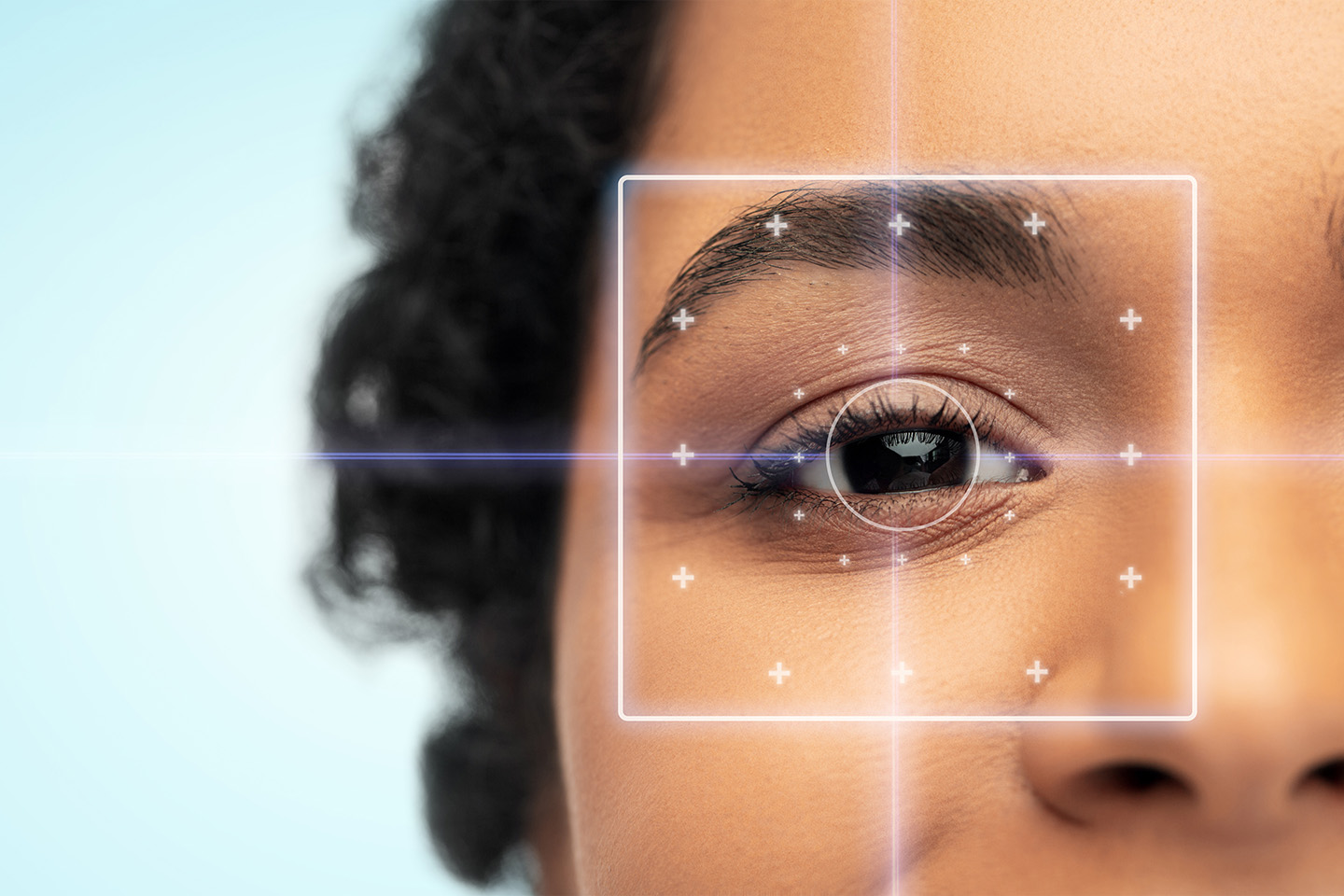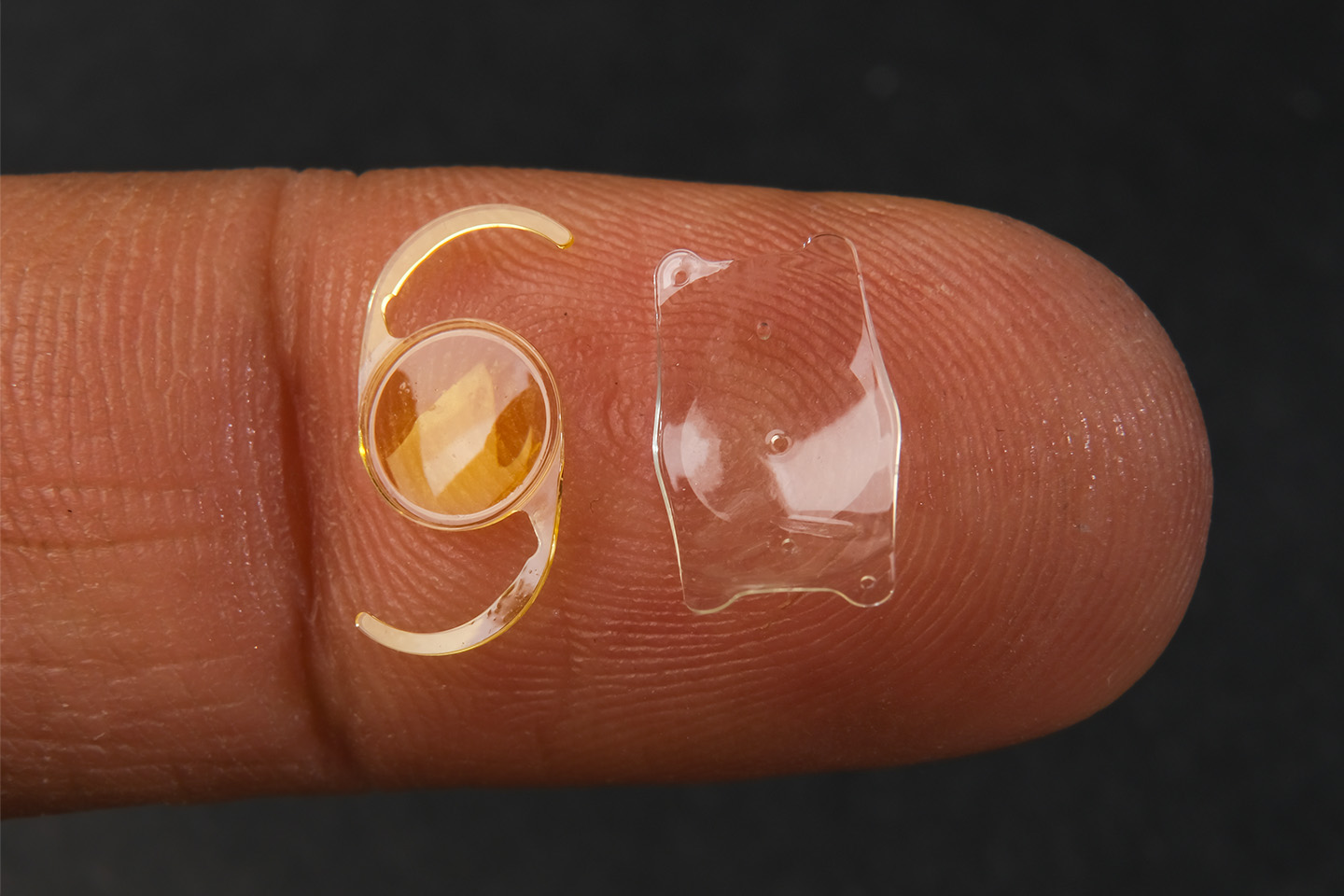Top 10 LASIK Surgery Myths

When considering LASIK eye surgery (laser in- situ keratomileusis), be sure to know facts from common LASIK myths. These misconceptions may prevent a person from exploring LASIK procedures, one of the safest elective procedures to improve a person’s vision. Contact your eye doctor for an eye exam and LASIK consultation if you are experiencing vision problems.
Let’s dispel some of the most common myths about LASIK.
1. Your vision will never change after having LASIK.
The LASIK procedure is able to correct the patient’s vision by reshaping the cornea. While laser vision correction is highly effective for correcting vision problems, your vision may still change over time due to other reasons, including natural aging changes.
Less than 3% of LASIK patients may have some change to their long distance vision through their 20’s but that is not the norm. Having said that, as people age into their 40’s, the natural lens inside our eyes can begin to change. This can be diagnosed as Dysfunctional Lens Syndrome. This simply describes the way your natural lens can change over time. It usually begins in a person’s early 40’s. The crystalline structure begins to “cloud” over, making reading and short range vision more and more difficult. Although success varies among individuals, the latest numbers suggest that approximately 92% of LASIK patients achieve vision of 20/40 or better.
2. Anyone can get LASIK.
![]()
Not everyone is a LASIK candidate. Your eye doctor can determine the best course of treatment for any vision problems you may be experiencing.
Unstable vision is one disqualifier. Qualified patients must have a stable prescription for at least a year. Unlike guidelines for cataract or refractive or cataract surgery, the FDA requires LASIK patients to be at least 18 years of age for that very reason and many eye doctors like to wait until the patient is in their mid 20’s before recommending a laser vision correction procedure. Vision changes as you grow into adulthood. Just like every other physical part of the body, the eyeball develops as you become an adult.
Other problems such as dry eye, a previous eye injury or an infection can rule out a LASIK procedure.
Pregnancy and hormonal changes can affect vision either temporarily or permanently. For this reason, LASIK must wait if you are pregnant or planning to become so.
3. I can’t have LASIK. I have astigmatism.
This myth about astigmatism used to be true when LASIK was a new procedure. Technology has advanced since the LASIK treatments were originally developed. Surgeons using modern laser procedures can treat astigmatism today with excellent results.
4. Recovery is slow.
![]()
LASIK surgery is an outpatient procedure. The patient usually spends ten minutes or less during the actual surgery. After the procedure, the patient will recover at home, and it usually takes 6 to12 hours to recover well enough to drive or do other non-strenuous activities.
Most patients will see clearly after 24 hours. A small percentage will need another 2 to 5 days to recover. Refractive error procedures have almost the same recovery rates. As with any other invasive procedure, consult your refractive surgeon as to know what to expect in your individual case.
5. It’s painful.
LASIK surgery does not hurt. Just before the procedure, the Lasik surgeon will administer numbing eye drops into the eye. There may be a little pressure felt during the surgery but there shouldn’t be any pain. Patients receive eye drops for post operative application. LASIK is virtually painless.
6. LASIK can cause blindness.
Studies have found no reported cases of blindness due to LASIK surgery. In fact, patients have a 34 times higher risk of blindness due to a simple contact lens infection than blindness from a complication of LASIK surgery.
7. All LASIK outcomes are the same.
![]()
The outcomes from LASIK Surgery are dependent on the skill of the surgeon performing the procedure. While LASIK is a proven, safe procedure, the experience and skill level of your optical surgeon is important to the level of vision improvement and outcomes.
Do your homework before any surgical procedure, including ophthalmic. Ask your ophthalmologist about their experience, training, time spent performing LASIK surgery, and success rates with other patients. Consider the post operative follow up care and reviews from other patient surgeries.
Is LASIK the right solution for expected outcomes? Be discerning with your ophthalmologist when they recommend LASIK. Be sure to understand your diagnosis and the recommended treatment plan. You may suffer from macular degeneration or diabetic retinopathy and need other treatment options than LASIK. Be an expert in your own condition and recommended solutions by the American Academy of Ophthalmologists.
Some eye clinics will offer below average costs but may be offering less than essential pre and post operative care. You get what you pay for, and your eye health and safety shouldn’t be compromised.
8. Dry eye is permanent after LASIK.
Dry Eye is not permanent after LASIK but 95% of patients do report symptoms immediately after the procedure. Up to 60% of patients experience some symptoms of dry eye for up to 30 days but the vast majority improve quickly after one month and have no symptoms at all after 6 months.
9. Contact lenses are safer than LASIK.
![]()
Recent studies have shown a much higher rate of satisfaction with the benefits of LASIK surgery versus the benefits of contact lenses or glasses. After three years, 63% preferred the outcomes of LASIK as opposed to contact lenses.
Contact lenses require proper care and maintenance. 1 out of 500 contact lens users suffer infections that lead to blindness. Microbial Keratitis is a serious and dangerous infection that, untreated, can lead to corneal scarring, perforation and even blindness. Wearing contact lenses is one of the main risk factors in the development of this pernicious infection.
10. Complications are common.
LASIK is generally considered to be very low risk, although any invasive procedure carries some potential risks of complication and side effects. The complication rates from LASIK are estimated to be less than 1%. Medical professionals consider LASIK to be among the safest surgeries being performed today.
LASIK Facts
![]()
After twenty years, LASIK is now the safest and most effective vision correction option for those who qualify. It’s one of the most studied elective surgical procedures performed today, benefitting millions.
The LASIK procedure has been performed and studied for more than 20 years.
The U.S. Food and Drug Administration approved the procedure in 1998.
Clinical research over decades supports the impressive record for LASIK’s safety and effectiveness.
As with any surgical procedure, seek out a professional medical physician with a proven track record of safety and excellent outcomes.
Patients are welcome to contact the expert LASIK surgeons at ICON EYECARE in Denver to learn more about how we can help you lead a better quality of life with significantly improved vision.









